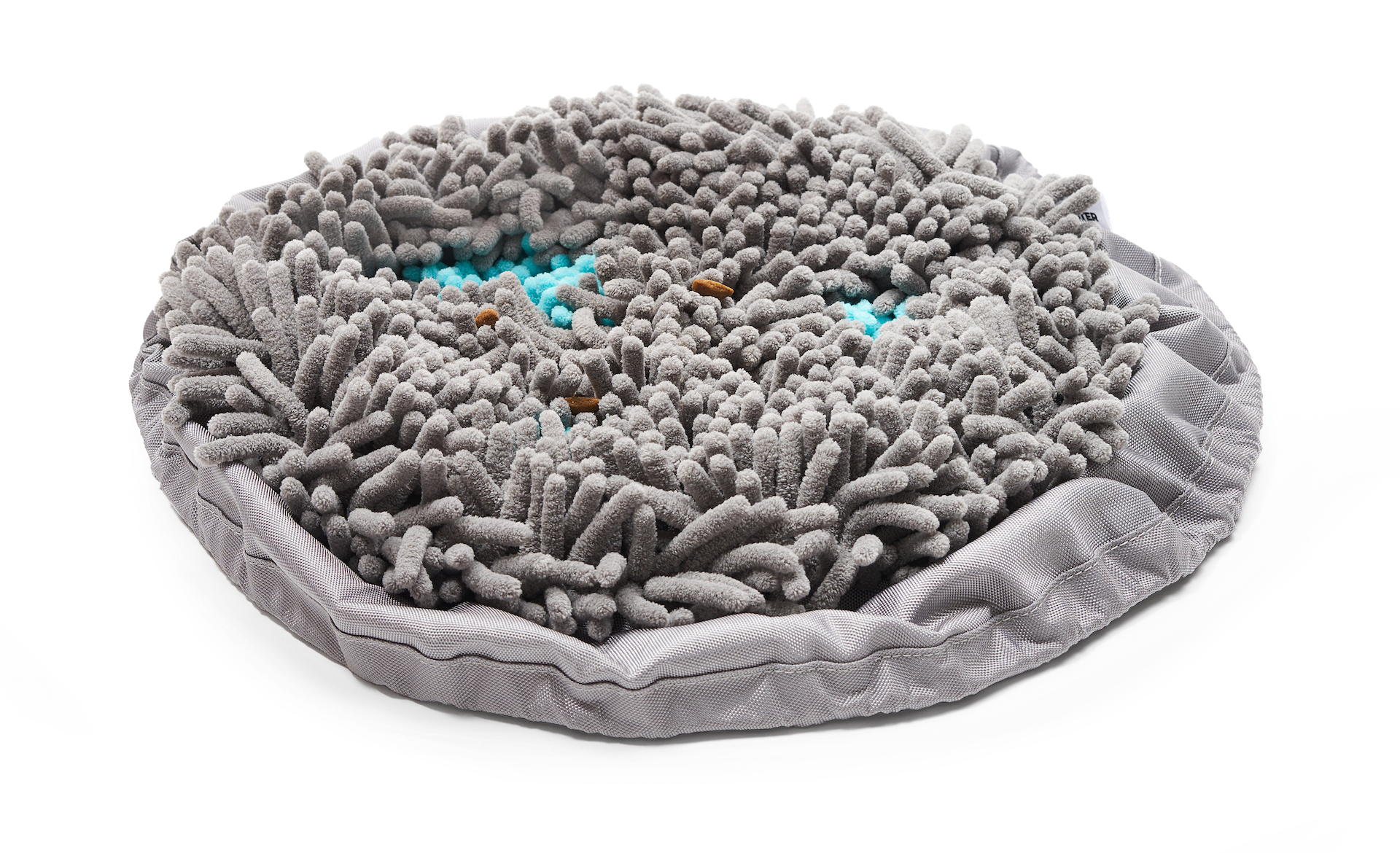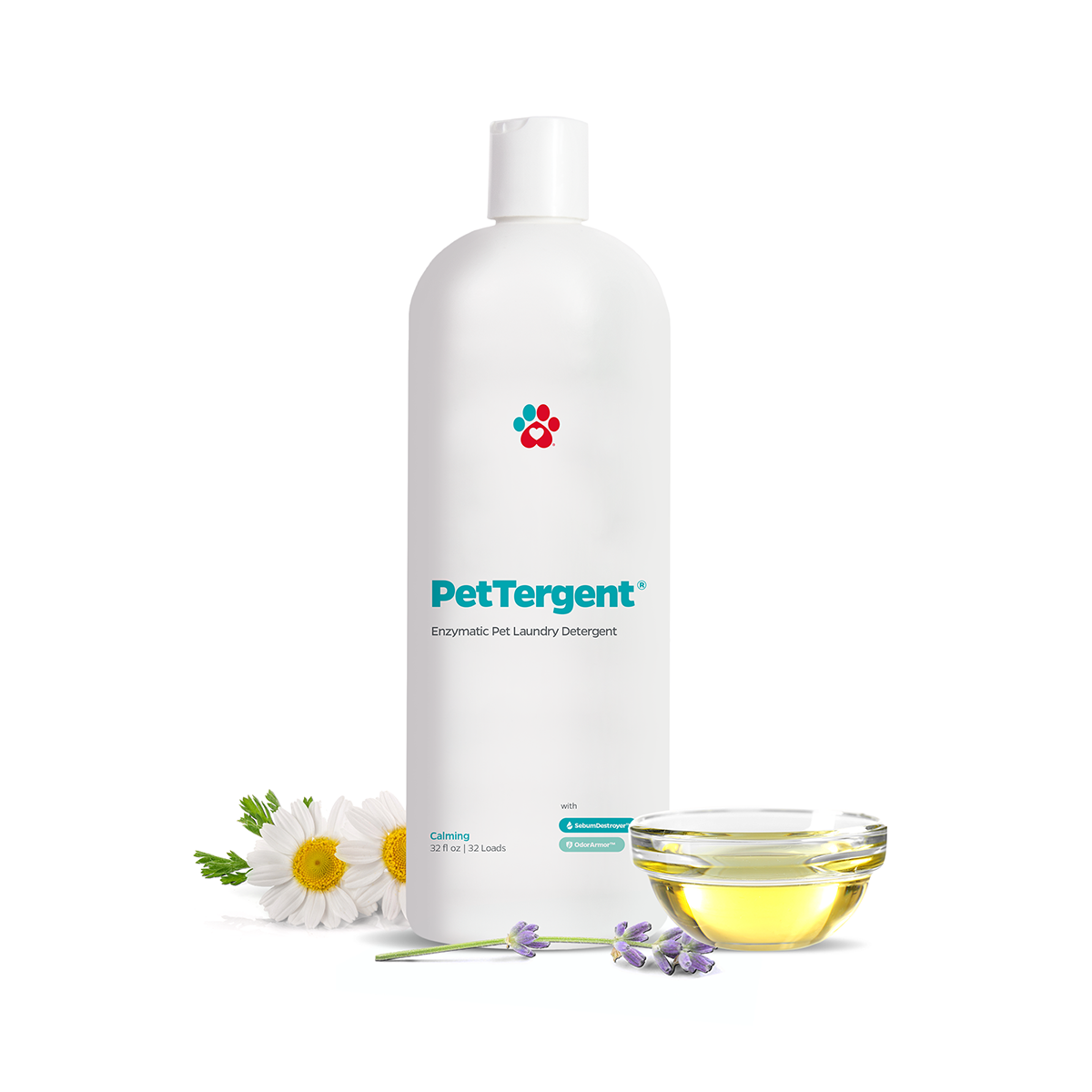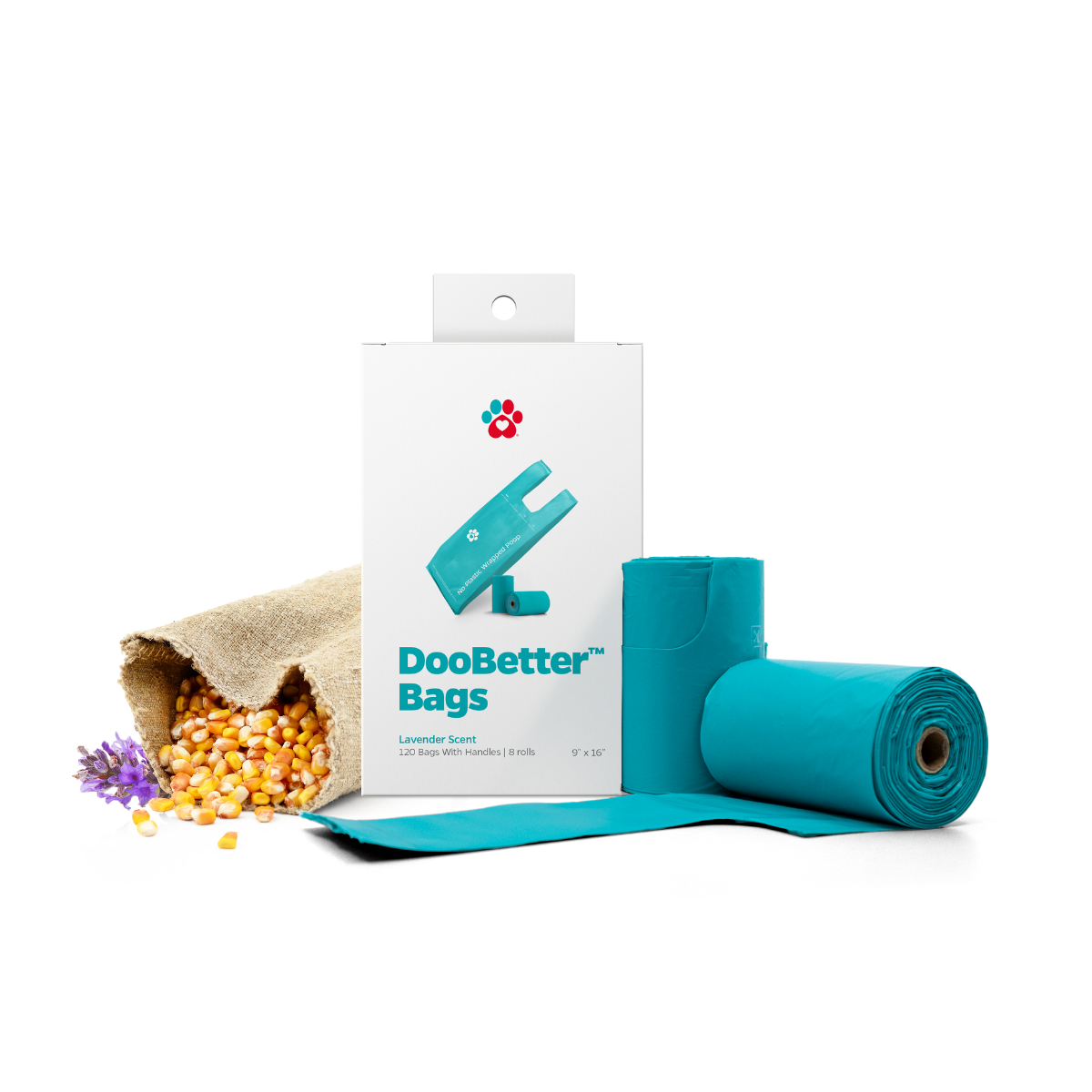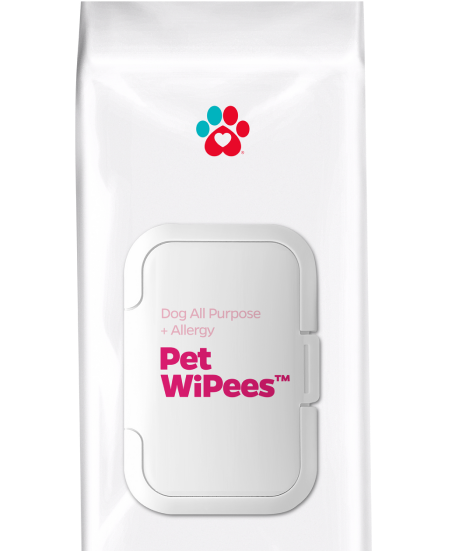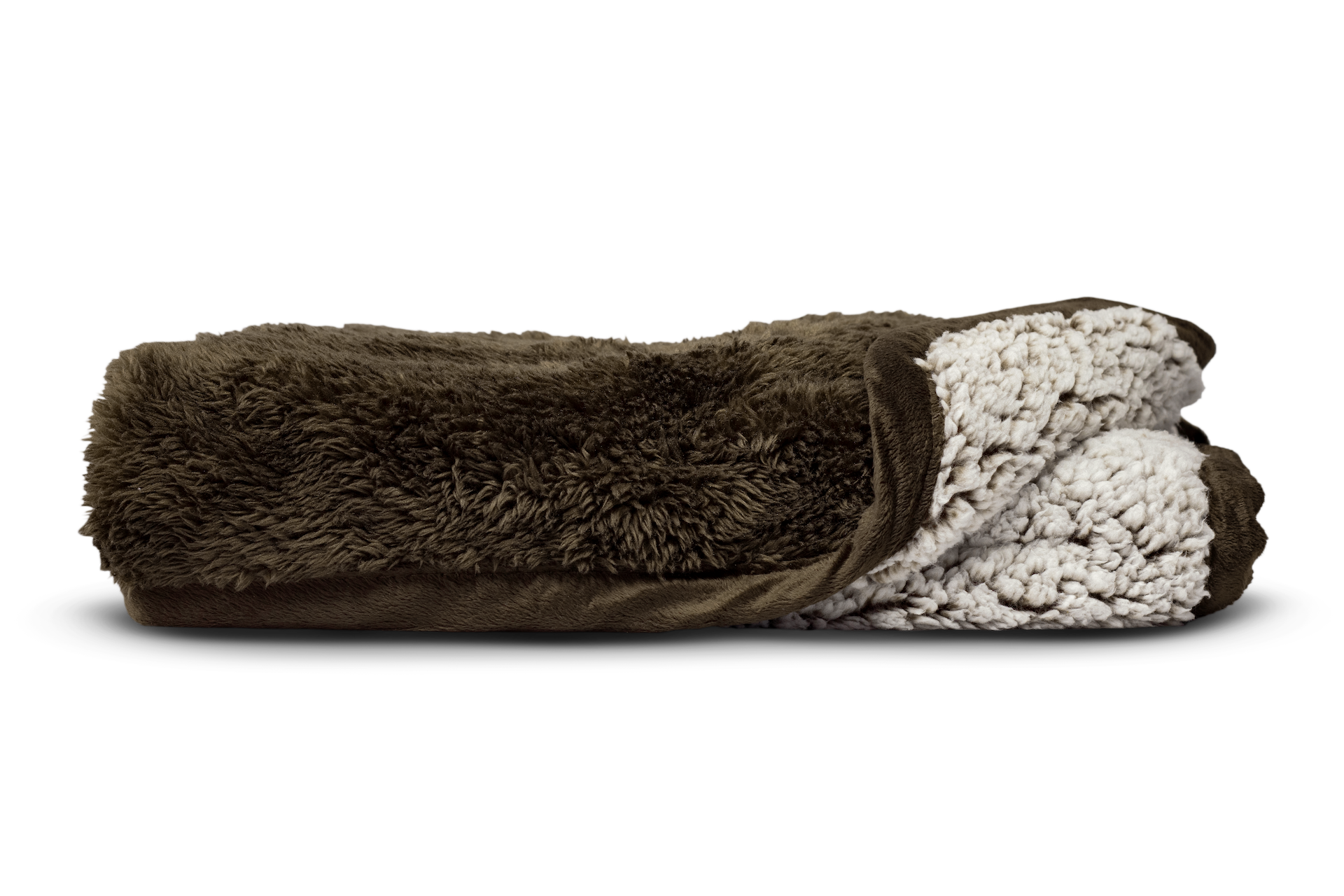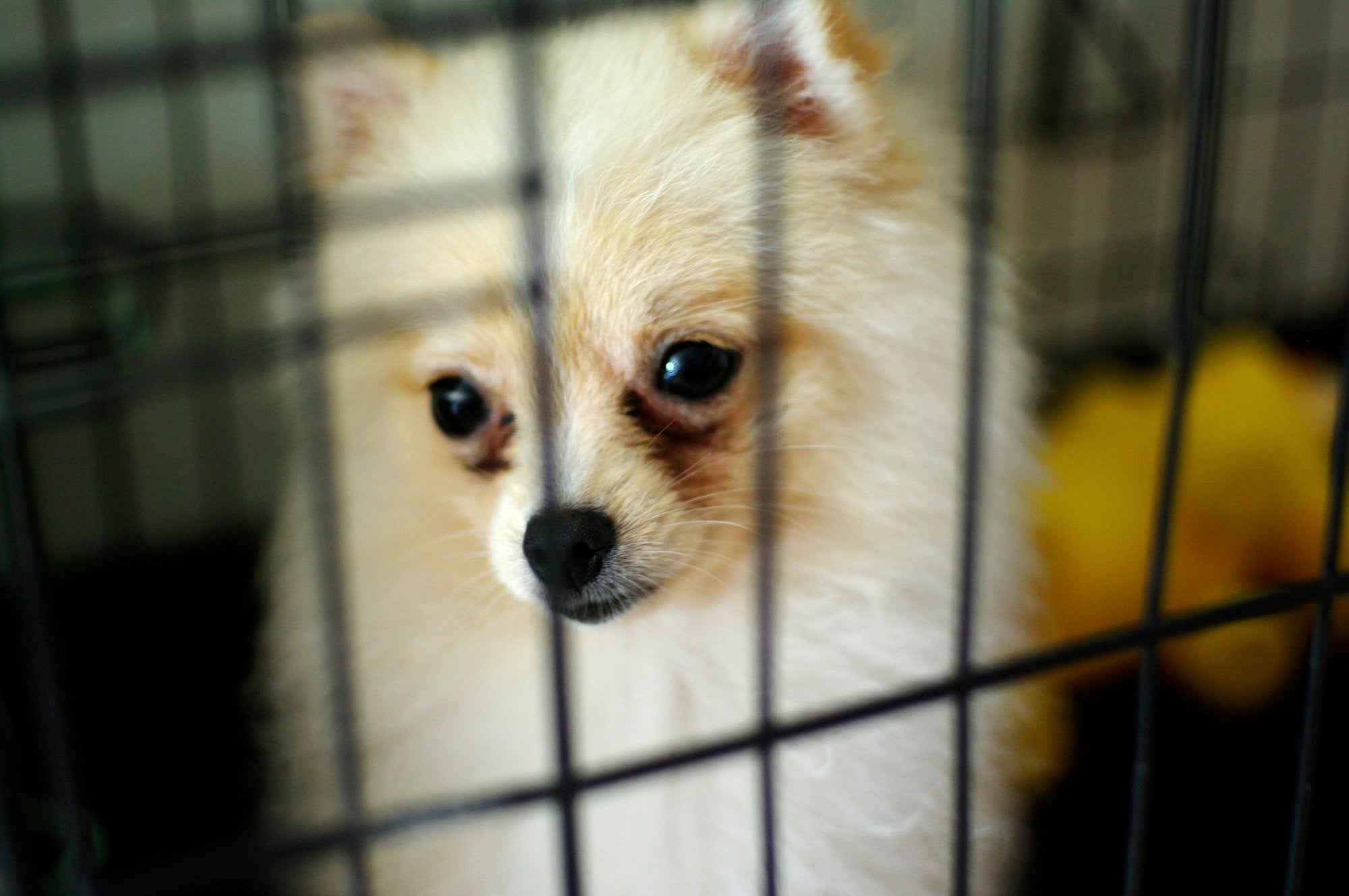"For your dog to feel secure, a crate can make him feel that way and he’ll feel at ease while at home, while you are away."
Crate training: to crate or not to crate?
Crate training is the process where your dog accepts crate as a place to relax or nap. But many remain unsure on whether the best way to potty train their dogs or leave them unsupervised is through crate training. Though some think that this ensures the dog is safe while at home, some also think otherwise.
Here, we will set your mind at peace and help you weigh the pros & cons of crate training and assess if this is something that fits you and your furbaby, with some alternatives you might want to consider to improve the quality of life of your dog.
The good things about crate training
Creates training helps potty training
Potty training can be a stressful process for both you and your dog. Most dogs do not like to rest and pee or poop in the same space. While potty training, when you are not able to provide supervision, a crated dog or puppy is less likely to have an accident. He will learn to control his bladder and will go out of his crate when he needs to poop or pee. Adding in crate training when leaving the house after taking them outside to potty will train them to hold it in until they are let out of the crate and outside.
Calms down anxiety
Dogs are den animals and often find comfort in a den-like space such as a crate, under a table, or in any confining area. In order for a crate to offer your dog security, it must be “den like.” For your dog to feel secure, a crate can make him feel that way and he’ll feel at ease while at home, while you are away.
The crate you choose should be large enough for your dog to sit up, lie down and turn around comfortably. However, if your dog is also crate training, the dog should NOT have enough room to sleep in one corner and eliminate in another part of the crate.
Gives personal space
As den-dwelling animals, a crate will offer your dog a safe and quiet place for him to rest, to daydream (maybe), to chew on their favorite things, to hide from loud, scary noises
The not-so-good things about crate training
Makes your dog unhappy
Maybe at the beginning, when you start crate training your dog, that there will be a lot of barking, yelping and whining. Your dog does this with the hopes that you will open the crate for him. Situate the crate in an area in your house that is quiet, but be sure your dog can still see and hear you. Your dog is a social animal and for sure he wants to be with you and don't want to be isolated at all. Placing the crate in your bedroom at night will strengthen your bond with your dog by allowing him to sleep near you (while still inside his crate).
May be viewed as a punishment
For most dogs who’re still getting the hang of things, they can view pet training as a punishment. The longer you leave your dog inside the crate, the more he’ll think he has done something very bad to be put in that situation. If your dog spends a significant amount of time in a crate, it will also need a significant amount of time to exercise and play.
Can be dangerous!
Safety first. As pet parents, we are to make sure that the crate we use does not (in any way!) injure our pets. Remove any collar, harness or very small toys so there's no risk of snagging and choking.
Should I crate my dog?
The answer depends on you. You know your schedule, your lifestyle and you (of all people) should know what is best for your dog. Puppies demand a lot of attention and playtime and shouldn’t be staying long inside a crate. And even though many adult dogs can stay in their crates for long hours, it’s still best to always give them enough love, exercise and playtime!
“I think crate training is cruel”
If you are a pet parent who can’t stand crate training for dogs because it’s cruel locking the dog inside, there are actually great alternatives. Depending on the given circumstances of your availability, lifestyle, etc, there are other ways, discussed below, you can contain your dog and prevent him from peeing/pooping in all the wrong places in your house and still give him the freedom he deserves.
Doggie Playpens
Doggie playpens are also called exercise pens. Available in many sizes, you can create a little area for your puppy within a room, without allowing access to your cabinets. They are larger than crates and provides your dog a more open area. You can create a little area for your dog within a room, without allowing access to your carpets and cabinets. This keeps them secure and safe in one spot without being as restricted and enclosed as most crates.
Fenced Yard
If you have a spacious lawn, you can secure a fence, and keep your dog outside. Just make sure he has a kennel /dog house to give him shade or protect him when it rains. This option will depend on season, climate, and surroundings. You would not want to leave your dog outside with mulch or sticks they will eat. But this might not be realistic enough if you don’t have the budget to build (which then leads us to…)
Dog Diapers / Belly Bands / Pee Pads
These are great options for you if you don't want to contain your dog. Dog diapers, belly bands and Pawtect® Pads gives your dog the freedom to pee and poop and still keeps your house still clean.
Among everyone else, you know your dog better. Crate training is absolutely up to you and it's pros and cons will also depend on how you carry it out. Just remember to always offer your dog extra love, care and attention because things like this will take time.

